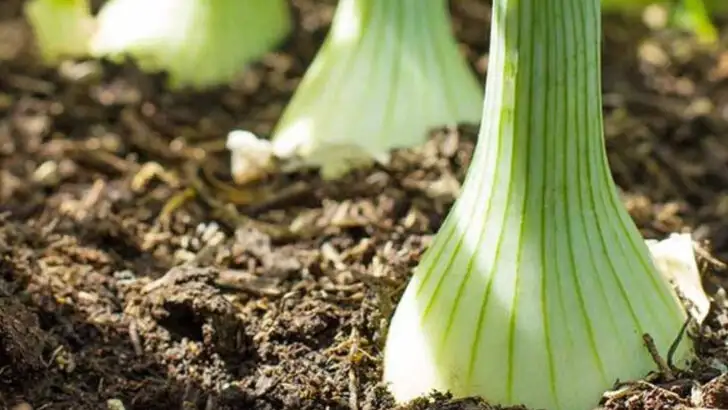With grocery prices climbing steadily and economic uncertainty looming, many people are searching for ways to regain control over their food supply. Growing your own food isn’t just a satisfying hobby—it’s a smart strategy to save money, ensure freshness, and reduce dependence on fluctuating market prices. As fall approaches, the window to plant certain crops is closing fast, making now the perfect time to plan and start your garden for the months ahead.
Whether you have a large backyard or just a small container garden, choosing the right foods to grow can make a significant difference in your pantry and your wallet. By focusing on hardy, nutrient-packed vegetables and fruits that mature quickly or store well, you can stretch your food budget and boost your food security through the colder months.
This guide will walk you through 20 practical foods that you can still plant now to prepare for fall. From root vegetables to leafy greens, these crops are budget-friendly, easy to grow, and perfect for maximizing your harvest despite rising grocery costs.
Tomatoes
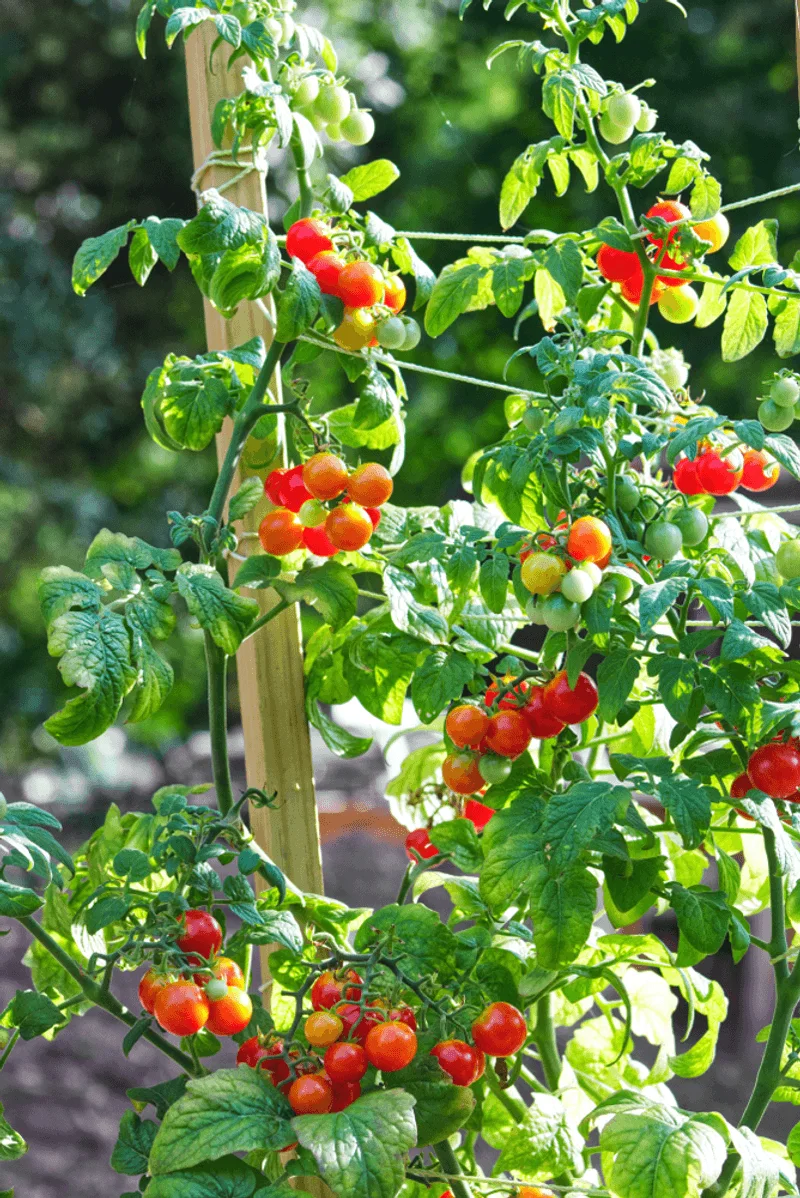
Tomatoes are a staple in many households, and growing them can be incredibly rewarding. Their vibrant colors and succulent taste make them a favorite. With a few pots and a sunny spot, you can have a bountiful harvest. They’re perfect for salads, sauces, and snacking.
These plants thrive in warm conditions, making them a great choice for late summer planting. Did you know? Tomatoes were once thought to be poisonous by Europeans. Now, they’re a culinary star!
Regular watering and support for their vines will keep them happy and productive. Enjoy the taste of homegrown goodness!
Lettuce
Lettuce offers a quick and easy way to add greens to your diet. Its versatility in salads and wraps makes it a kitchen favorite. Plus, it’s one of the fastest-growing greens, letting you see results quickly.
With the ability to regrow after cutting, lettuce provides a continuous supply. Plant it in partial shade to prevent wilting in the heat. Fun fact: Ancient Egyptians considered lettuce an aphrodisiac.
It pairs well with other vegetables, making it an excellent companion plant. Your salads will never be the same again!
Carrots
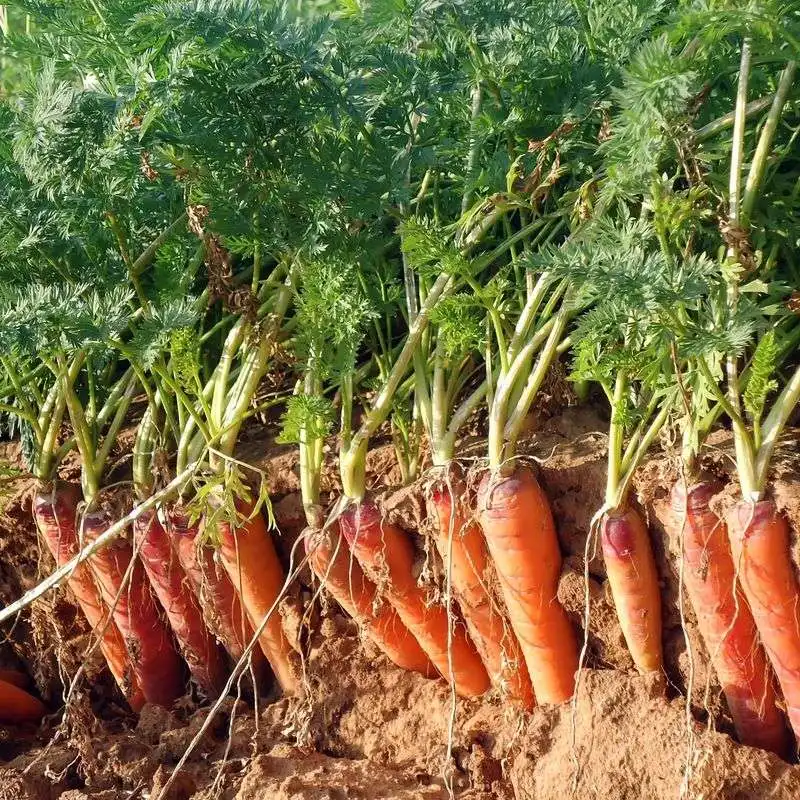
Carrots bring both nutrition and color to your table. These root vegetables are known for their sweet crunch and are a favorite in many dishes. Easy to grow in loose soil, they don’t require much space.
Their different colors, like purple and yellow, add a fun twist to your meals. Ancient Greeks believed carrots had medicinal properties, a belief that’s not far off today!
Keep the soil moist and thin the plants to allow roots to develop fully. Homegrown carrots taste far superior to store-bought ones.
Radishes
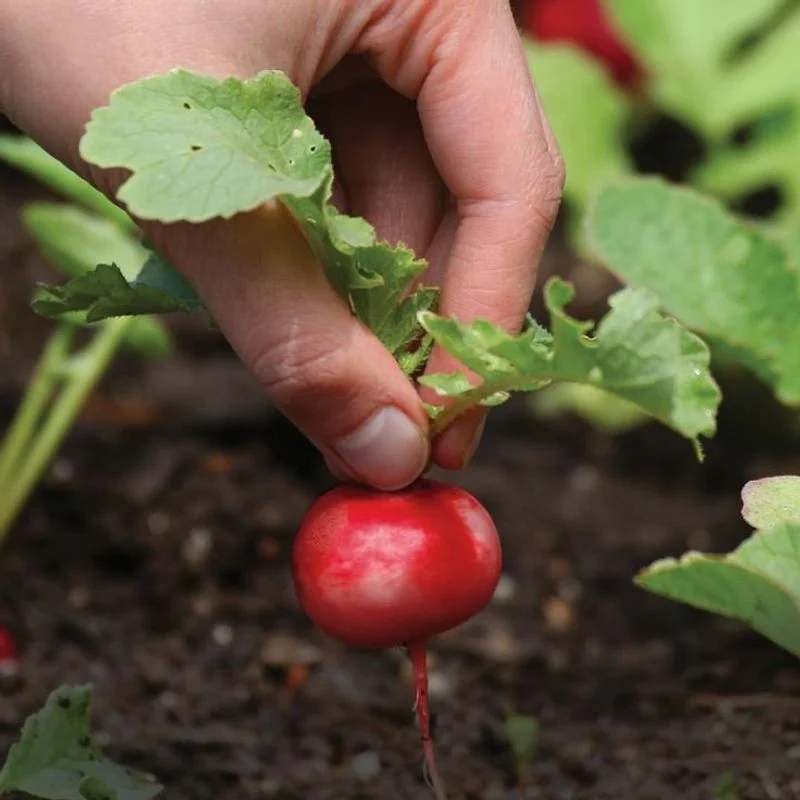
Radishes are the epitome of fast food in the garden world. These spicy, crunchy roots mature quickly, making them perfect for impatient gardeners. They’re excellent in salads or as a pickled treat.
Plant them in cool weather for the best results. Did you know? Radishes were one of the first European crops brought to America.
They also help break up the soil, benefiting other plants. Their quick growth and refreshing taste make them a garden favorite.
Spinach
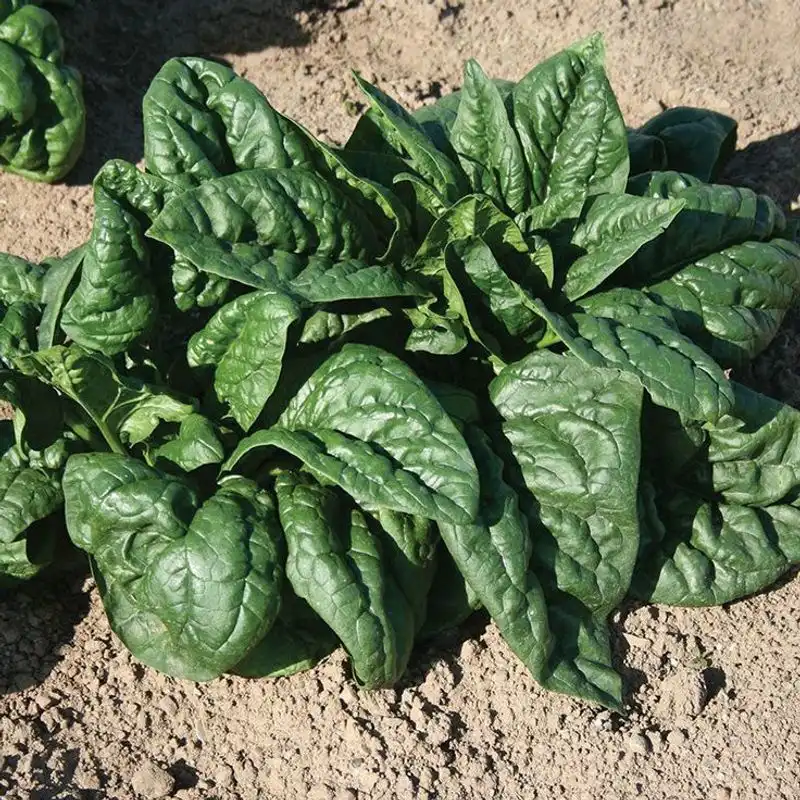
Spinach might just be the hero of leafy greens. It’s packed with nutrients and can be used in everything from smoothies to pasta. This cool-weather crop grows quickly and is best planted in early fall.
Interesting tidbit: Spinach was cultivated by the ancient Persians, making it one of the oldest cultivated plants.
Regular harvesting encourages more growth, providing a steady supply. Its rich color and tender leaves make it a visual and culinary delight.
Peppers
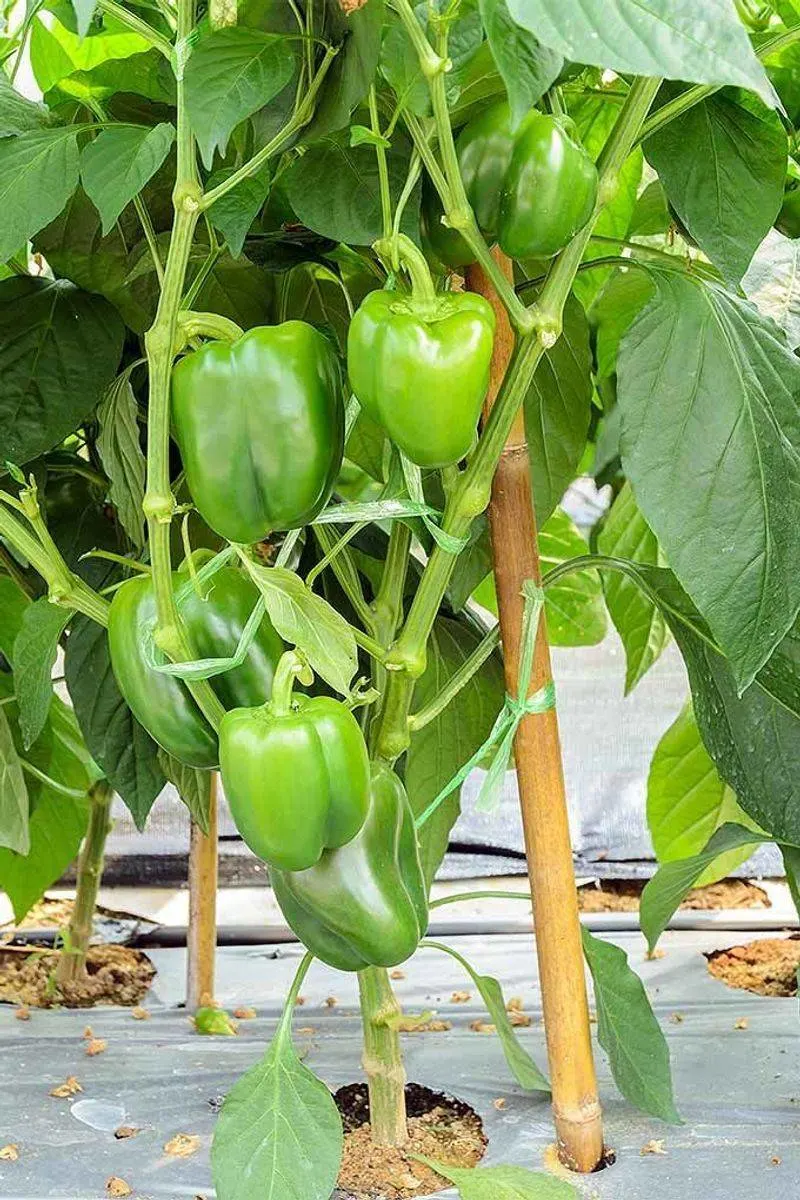
Peppers add a pop of color and spice to any garden. Whether sweet or hot, they thrive in sunny spots and can be grown in pots or beds. Their versatility means they can be used fresh, cooked, or preserved.
Ancient civilizations revered peppers not just for their taste, but for their supposed medicinal properties.
Regularly picking the fruit encourages more growth, ensuring a plentiful harvest. Enjoy the taste of summer all year round with homegrown peppers.
Beans
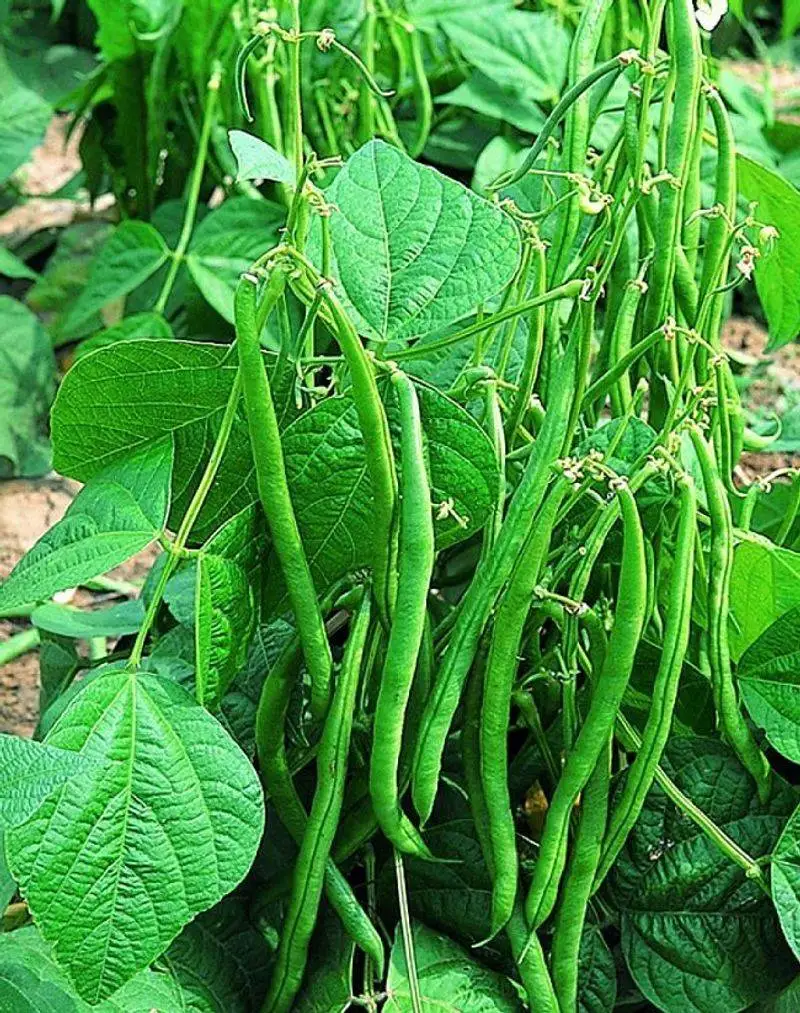
Beans are the backbone of many diets around the world. Their protein-rich pods make them a valuable addition to any garden. They climb well, so a small space can yield a large harvest.
Did you know that beans were once used as a currency in ancient cultures? Today, they’re a staple for vegetarians and omnivores alike.
Ensure they have support to climb and regular watering to keep them productive. Fresh beans have a flavor that canned ones just can’t match.
Zucchini
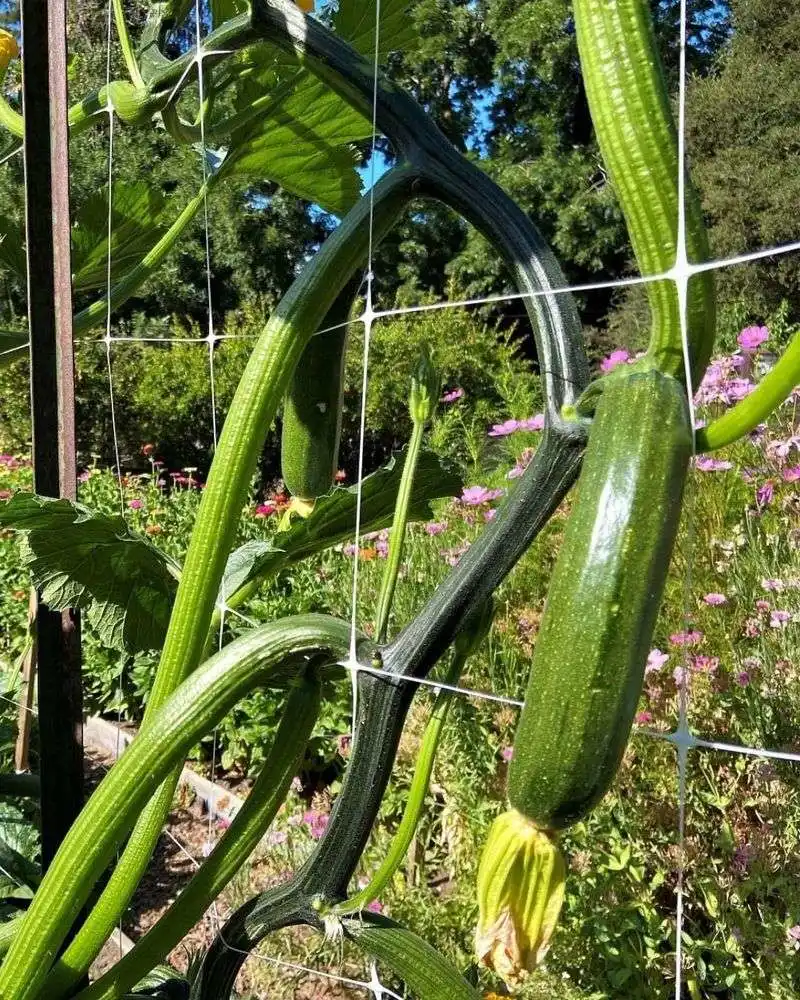
Zucchini, a summer squash, is known for its prolific nature. A single plant can produce an abundance of fruit, making it a high-yield choice. They’re great for grilling, baking, or even raw in salads.
It was the Italians who first cultivated zucchinis in the form we know today. They’re a symbol of summer in many gardens.
Regularly picking them ensures the plant keeps producing. With its mild flavor, zucchini can be a versatile addition to many dishes.
Cucumbers
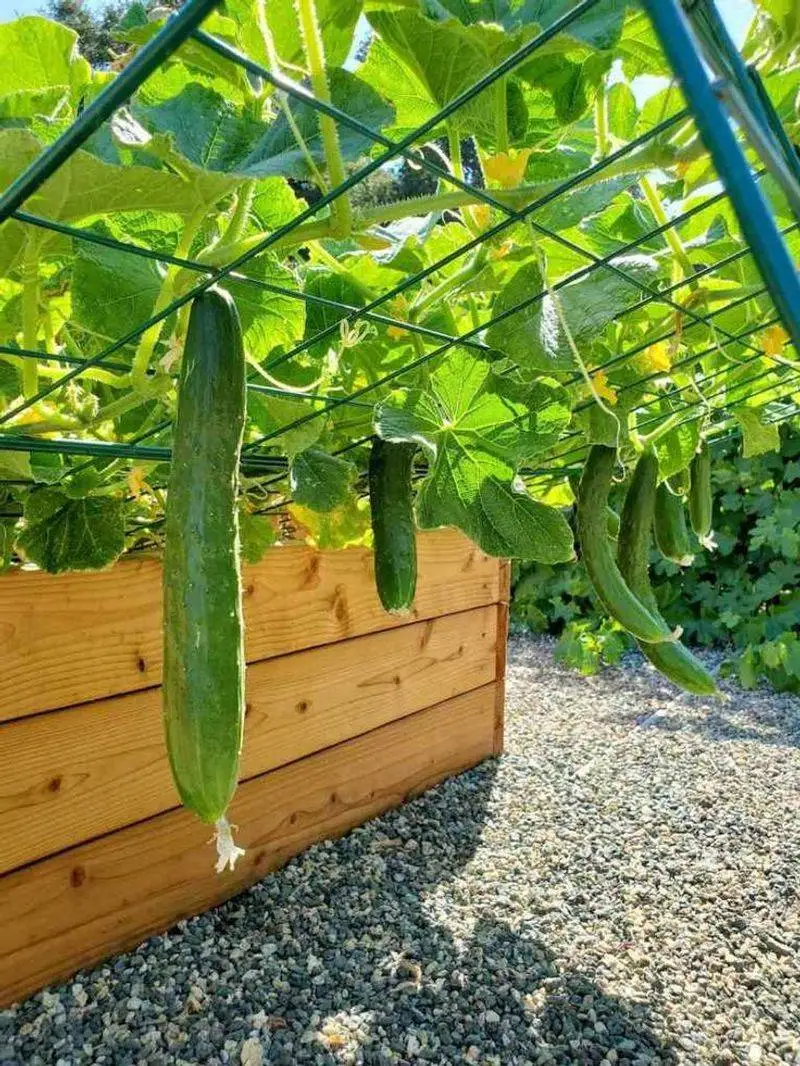
Cucumbers are synonymous with refreshing summer bites. Crisp and cool, they’re the base of many salads and pickles. These vines love to climb, making them perfect for small gardens or containers.
In ancient times, cucumbers were a delicacy enjoyed by Roman emperors. Now, they’re a staple in kitchens worldwide.
Ensure they have a trellis for support and consistent watering for the best yield. Their homegrown flavor is unmatched by store varieties.
Herbs (Basil, Mint, etc.)
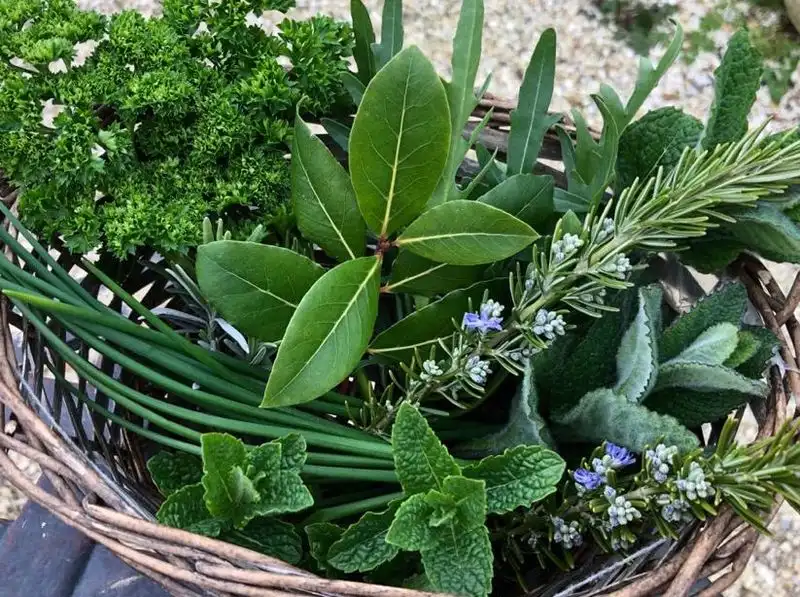
Growing herbs like basil, mint, and rosemary is like having a mini-kitchen at your fingertips. These aromatic plants add flavor and freshness to dishes.
Herbs were once considered treasures, used for both culinary and medicinal purposes in ancient times.
Whether grown indoors or out, they require little space and offer endless culinary possibilities. Regular harvesting encourages more growth, keeping your herb garden lush and ready for any dish.
Beets
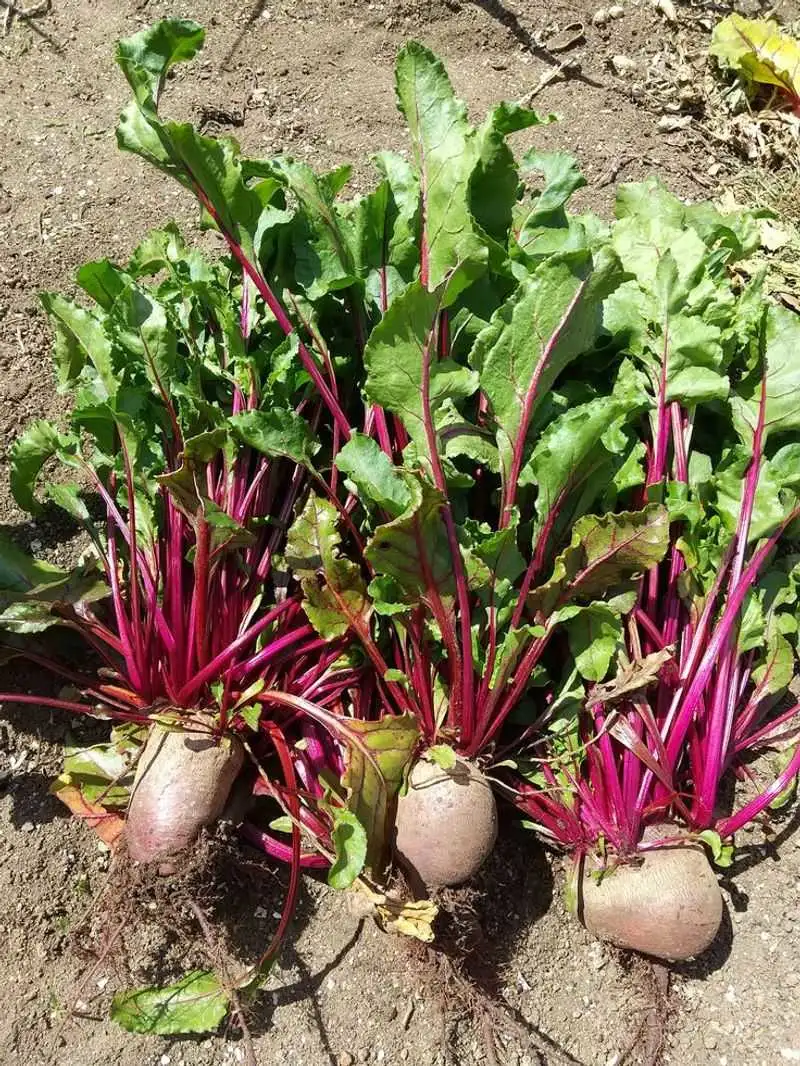
Beets are more than just a root; they’re a nutritional powerhouse. Known for their earthy sweetness, they can be roasted, pickled, or juiced.
Historically, beets were prized by the Romans for their aphrodisiac qualities. Today, they’re valued for their vitamins and minerals.
They thrive in cooler weather, making them excellent for fall planting. Both the root and greens can be used, maximizing their value.
Kale
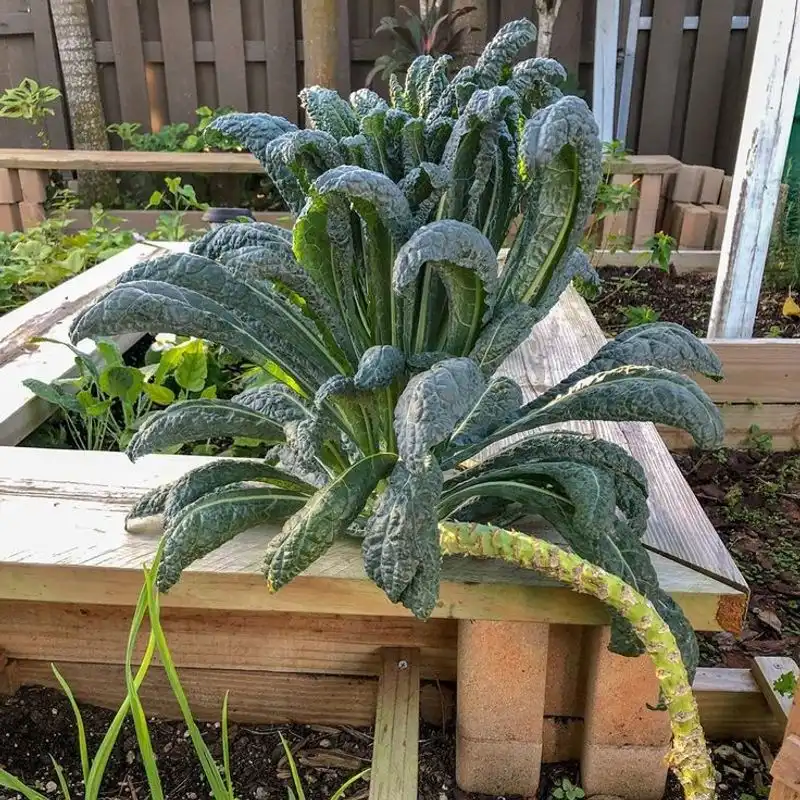
Kale has taken the culinary world by storm, renowned for its health benefits. This hardy green grows well in cooler temperatures, offering a robust leaf that can withstand frost.
Once a garnish, kale has become a star green thanks to its nutrient density and versatility in dishes.
Harvest the outer leaves, and the plant will continue to produce. Its slightly bitter taste adds a unique touch to salads, soups, and smoothies.
Onions
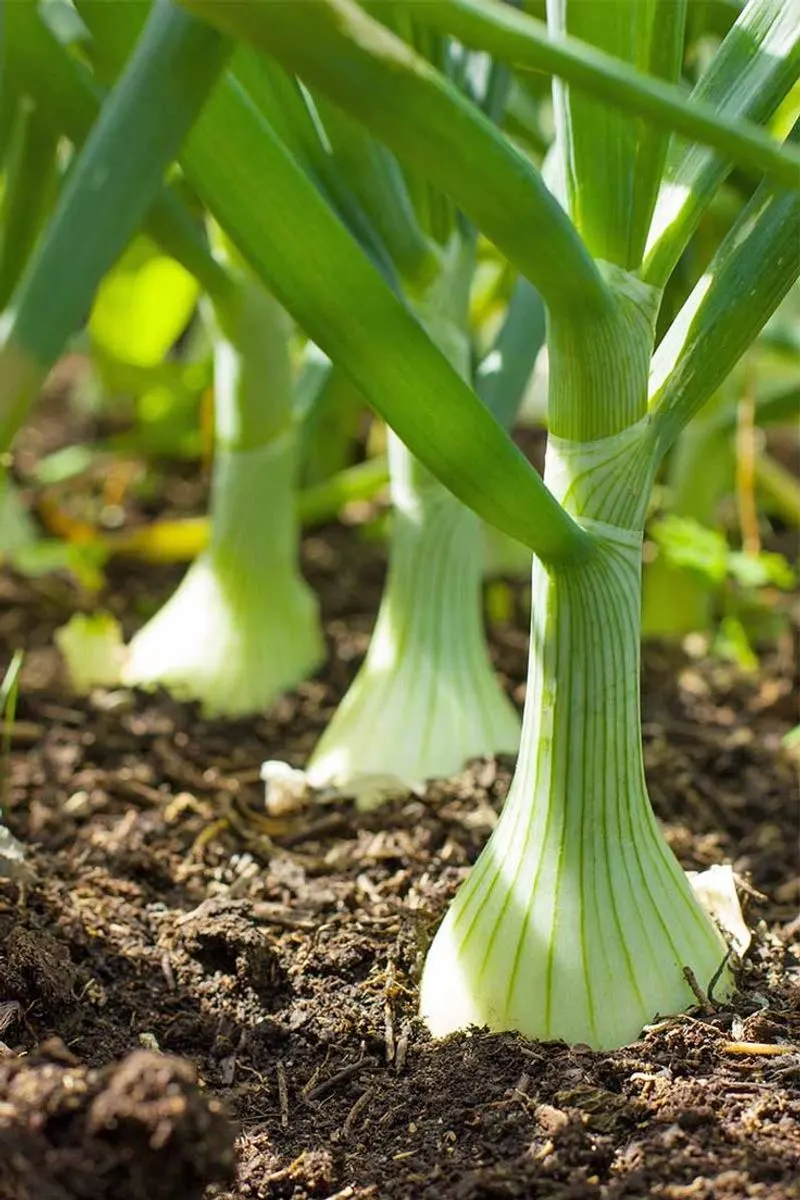
Onions are the unsung heroes of the kitchen, providing the base for countless recipes. Their pungent flavor mellows with cooking, adding depth to dishes.
In history, onions were so valued that they were used as currency in some cultures. They store well, making them a practical choice.
Plant in well-drained soil and keep them weed-free for the best growth. From soups to spreads, homegrown onions enhance any meal.
Garlic
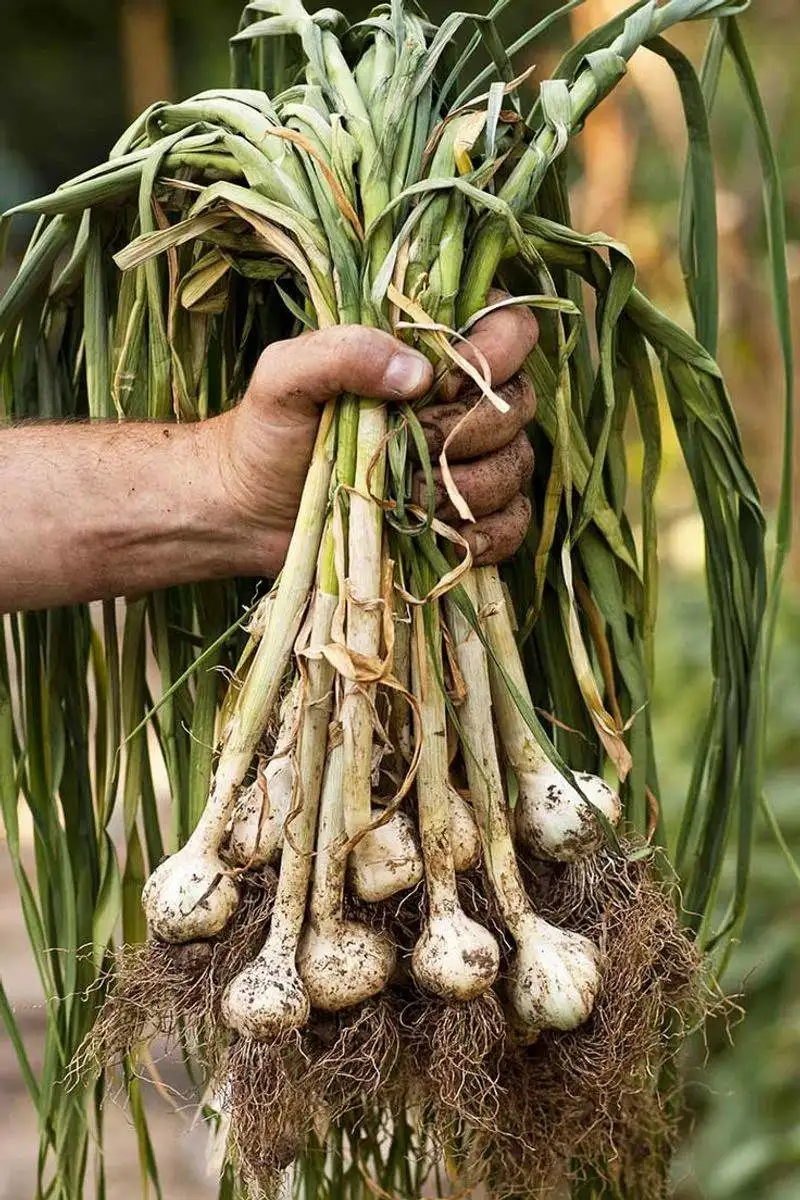
Garlic, with its potent aroma and flavor, is a kitchen essential. This easy-to-grow plant requires little space yet provides a significant reward.
A staple since ancient times, garlic was believed to ward off evil spirits and enhance strength. Its health benefits are still celebrated today.
Plant cloves in the fall for a summer harvest. Their rich taste elevates any dish, making homegrown garlic a culinary treasure.
Potatoes
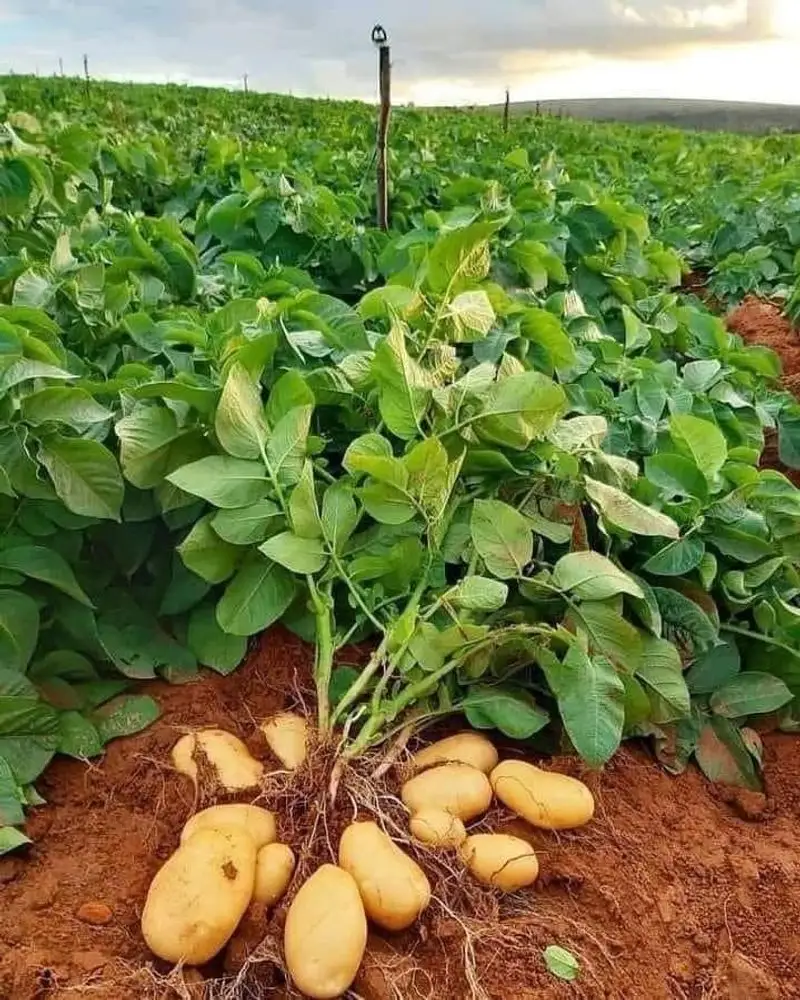
Potatoes are a versatile staple crop, loved for their ability to transform into countless dishes. They grow well in a variety of soils and require little maintenance.
Did you know? The average American eats more than 120 pounds of potatoes annually. Their popularity is undeniable!
Plant seed potatoes in early spring for a fall harvest. Their homegrown flavor and texture surpass store-bought ones.
Broccoli
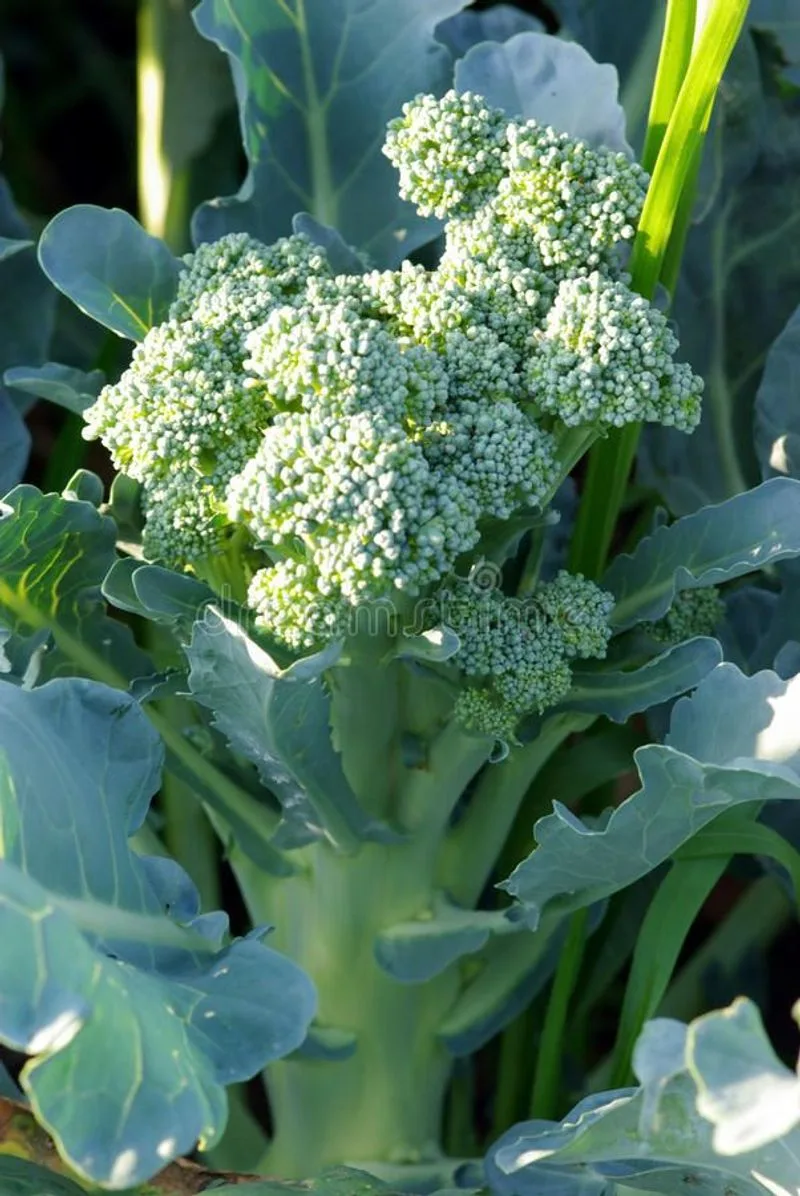
Broccoli, a nutrient-rich vegetable, deserves a spot in any garden. Known for its health benefits, it’s a favorite in many households.
Originating from Italy, broccoli has been a dietary staple for centuries. Its crunchy texture and slightly bitter taste make it a versatile vegetable.
Cool weather enhances its flavor, so plant in early spring or fall. Homegrown broccoli offers a taste that’s fresh and rewarding.
Cauliflower
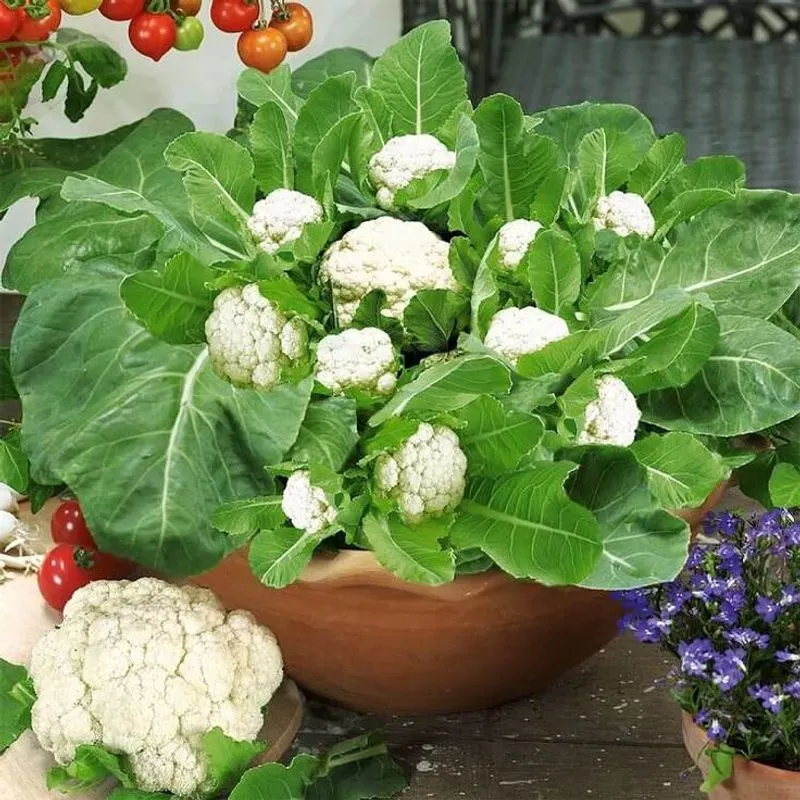
Cauliflower’s mild flavor and versatility in cooking have made it increasingly popular. From pizza crusts to rice, its adaptability is unmatched.
An interesting fact: Cauliflower is part of the Brassica family, related to broccoli and kale. It was cultivated for its unique appearance and taste.
Plant in cool temperatures for the best yield. Its neutral taste allows it to blend into various recipes, making it a homegrown favorite.
Swiss Chard
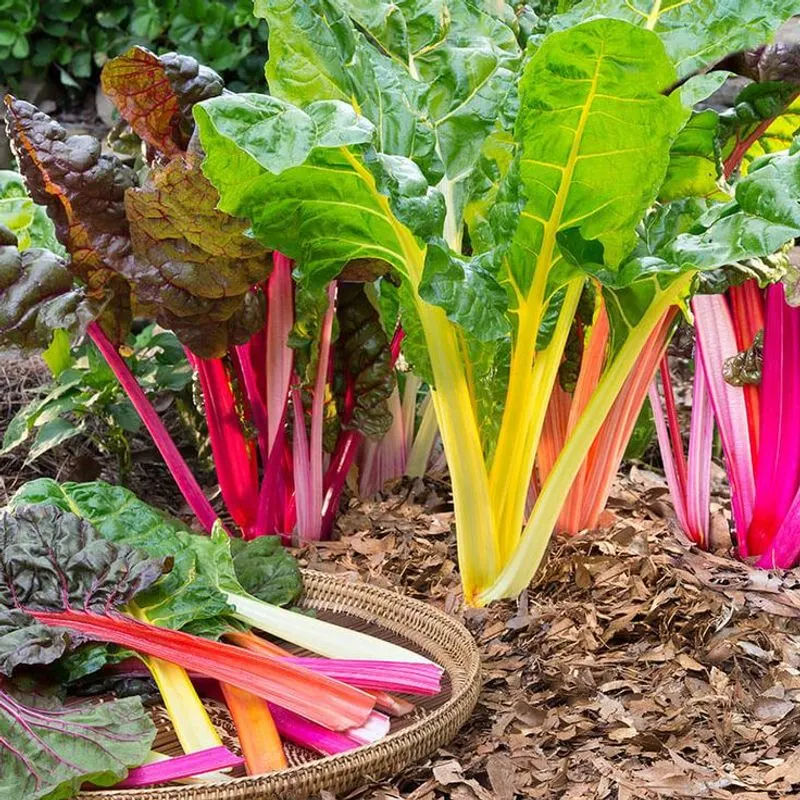
Swiss chard, with its colorful stems and nutritious leaves, is a garden gem. Known for its resilience, it grows well in both warm and cool climates.
Did you know? Despite its name, Swiss chard was first grown in the Mediterranean region. It’s valued for its versatility and nutrient content.
Harvest the outer leaves regularly to encourage new growth. Its flavor enhances soups, stews, and salads, offering a colorful twist.
Pumpkins
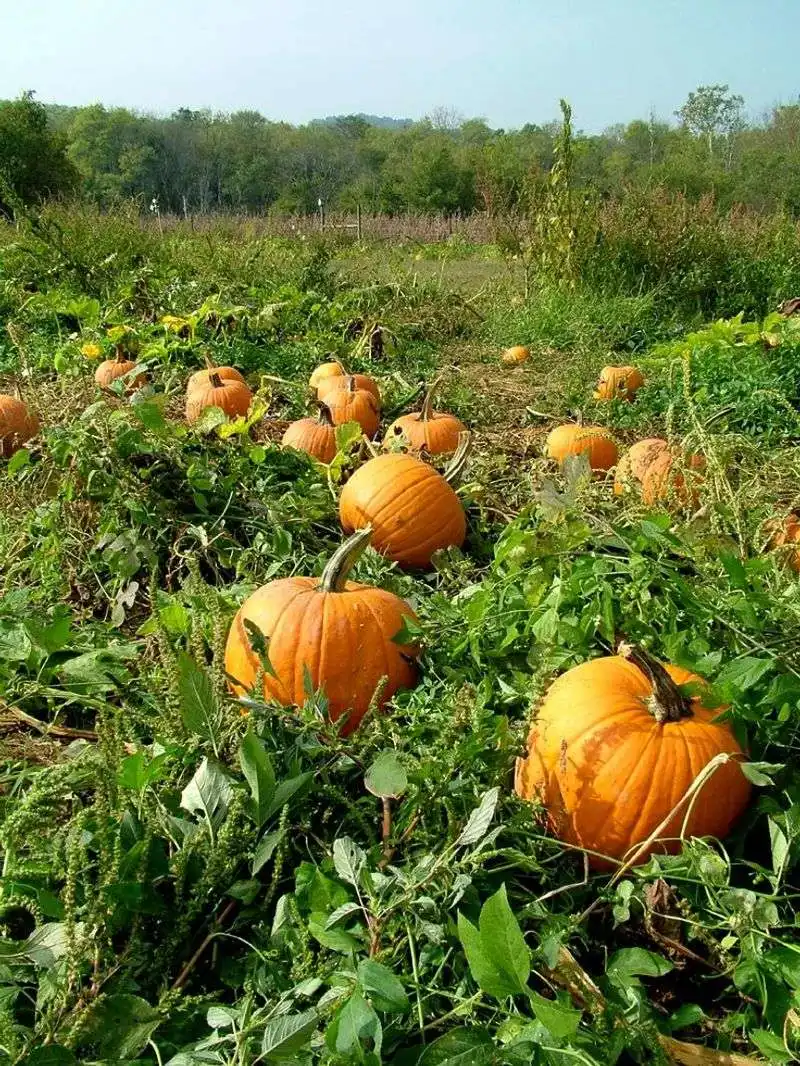
Pumpkins aren’t just for Halloween; they’re a nutritious addition to the garden. From soups to pies, their flesh is versatile and delicious.
Historically, pumpkins were a crucial food source for Native Americans. Today, they symbolize the fall season.
Plant in late spring for a fall harvest. Their large leaves protect the fruit, ensuring a bountiful crop. Homegrown pumpkins bring a sense of autumn to your culinary creations.
Peas
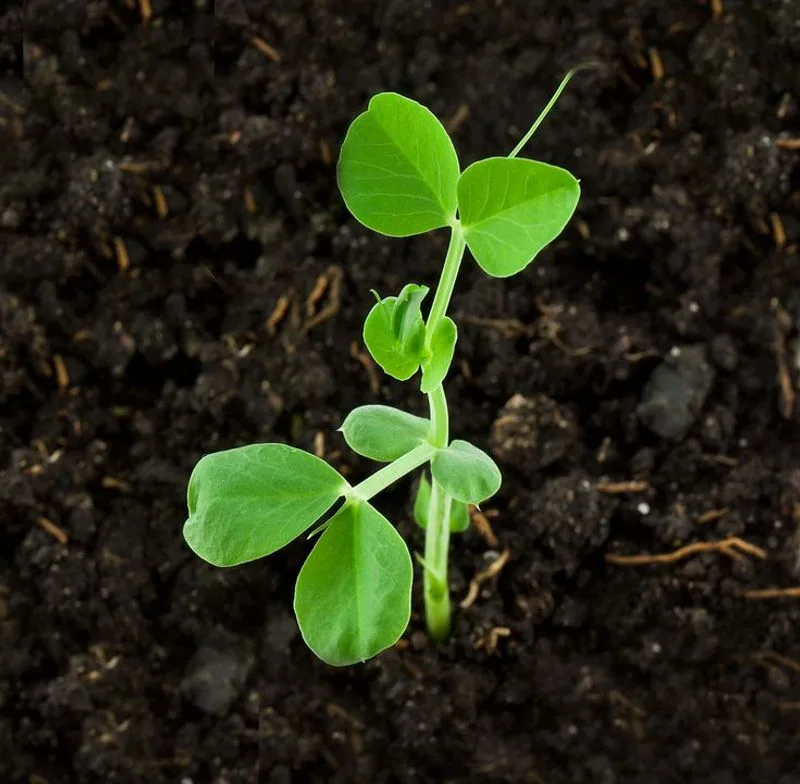
Peas, with their sweet flavor and tender texture, are a delightful addition to any garden. They’re easy to grow and don’t require much space.
Peas have a long history, once used as a staple food in many cultures. They’re celebrated for their taste and nutritional value.
Provide support for their vines and plant in cool weather for the best results. Fresh peas are a treat that can’t be matched by frozen ones.

